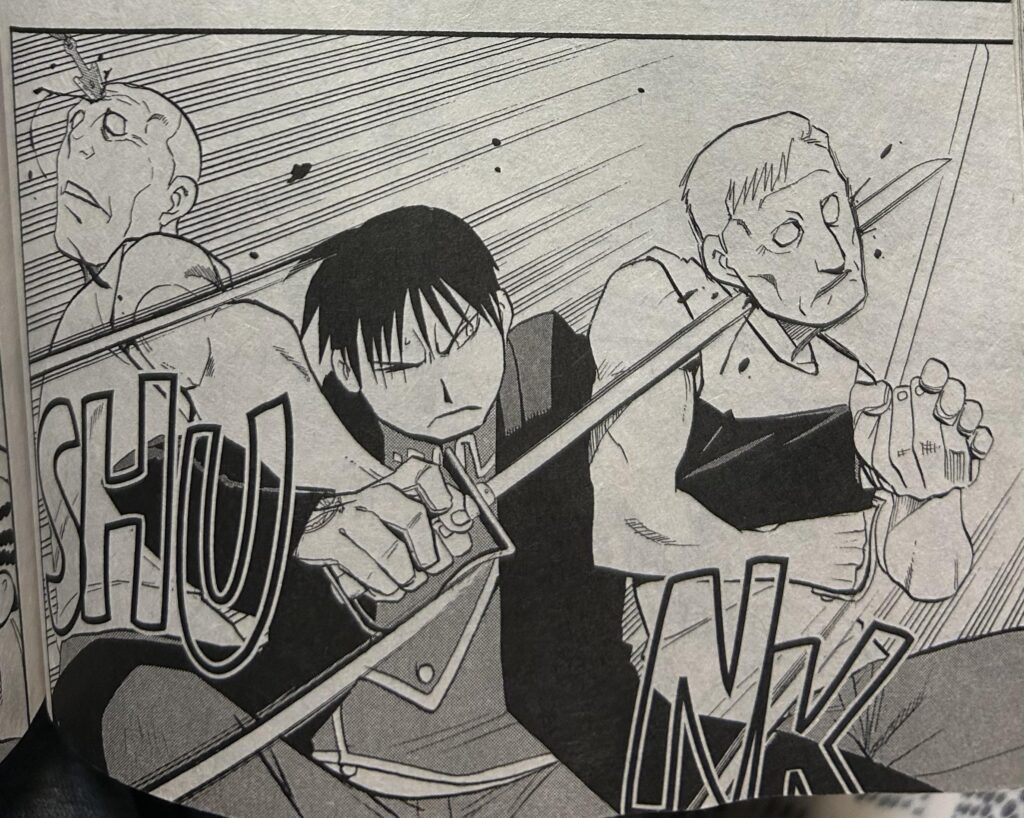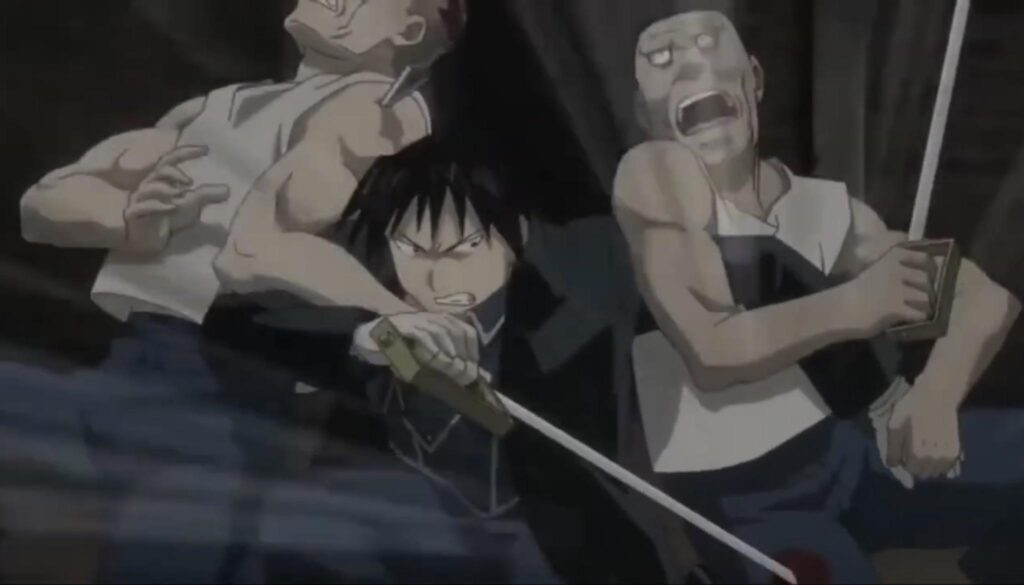Manga, as a form of entertainment, has grown immensely in popularity across the globe. From lighthearted stories to deep philosophical explorations, there is a manga for every type of reader. However, one topic that has stirred debates in the manga community is the portrayal of violence in mature manga.
While some readers find the inclusion of violence to be an essential part of storytelling, others are more vocal in criticizing it, questioning whether such content is necessary, or if it goes too far. This article aims to dive into these debates, exploring the reasons behind these reactions and the context of mature content in manga, including ecchi manga and other genres that include graphic depictions of violence.
Understanding Mature Manga and its Appeal
Mature manga is categorized as content that is intended for older readers, usually due to its more explicit themes, graphic violence, sexual content, or intense emotional situations. These mangas often deal with complex subjects that may not be suitable for younger readers, allowing for a more nuanced exploration of topics like death, morality, and human nature.
Some of these series may fall under subgenres like ecchi manga, which often includes sexual themes but isn’t explicitly pornographic, or other darker genres that lean heavily on violence as part of the narrative.

While manga, in general, covers a wide array of genres, mature manga goes beyond just depicting graphic violence. The inclusion of violence in such stories often serves to underline the brutality of the fictional world the characters inhabit, helping readers understand the gravity of the situations and the emotional toll on the characters.
Why Some People Criticize Violence in Manga
The portrayal of violence in mature manga often sparks strong opinions. There are readers who enjoy the raw, unfiltered storytelling, while others are quick to voice their disapproval. But what drives these critical voices?
Desensitization and Normalization of Violence
One of the common arguments against violent content in mature manga is the fear of desensitization. Critics argue that frequent exposure to graphic violence can diminish the emotional impact of real-world violence.
They suggest that it could lead to an unhealthy desensitization, particularly among young readers, who might not yet have developed the emotional maturity to process such content. While this concern is valid, it’s also worth considering that many mature manga are aimed at a more mature audience, often with a focus on the psychological and emotional impact of violence, rather than simply glorifying it.
Escapism and Fictional Realism
Mature manga often explores dark themes, including violence, to serve as a form of escapism. Readers may enjoy stepping into a world where these extreme situations can be explored in the safety of fiction.
In these cases, the violence is not meant to be taken as a reflection of real-life behavior, but as a tool to tell complex stories about human survival, power struggles, or the nature of good and evil. For many, this is one of the attractions of mature manga – the ability to confront dark themes in a fictional space.
Cultural Differences
In Western media, violence in entertainment often faces more scrutiny compared to Japanese media, where it is more commonly accepted. In many ways, this difference in perception is tied to culture and the way violence is portrayed and consumed. In Japan, manga is seen as an art form that is meant to cater to a wide range of age groups, including adults.
Hence, mature manga and ecchi manga are simply genres that reflect a different cultural attitude toward fiction and entertainment. This cultural divide can lead to misunderstandings when readers from different backgrounds discuss the portrayal of violence in manga.
Effect on the Genre’s Reputation
Another reason some people criticize violence in mature manga is due to the potential negative impact it can have on the genre as a whole. The presence of excessive violence in popular manga might contribute to a stereotype that all manga is violent or graphic, discouraging newcomers from exploring the medium.
Moreover, critics may fear that the more sensational aspects of mature manga could overshadow the many other layers of storytelling, reducing the appreciation of manga as a legitimate form of art and literature.
The Role of Ecchi Manga in the Discussion
One of the subgenres that frequently faces criticism is ecchi manga. While not exclusively violent, ecchi manga often contains sexual themes, which can sometimes be combined with violent imagery. These elements can make it difficult to separate the two for critics, who may lump all controversial content into a single category.

It’s essential to recognize that not all ecchi manga is violent or harmful. Many stories focus more on romance, comedy, or lighthearted situations with subtle innuendo and fan service. However, certain ecchi manga series may include scenes of violence in the context of sexual power dynamics, which can make readers uncomfortable or prompt heated discussions about consent and representation.
In such cases, it is important to consider the broader context of the story and the message it is trying to convey. While some ecchi manga series might border on exploitation, others can offer insightful social commentary on relationships and human desires, using the inclusion of violence or sexual content as a means to explore deeper issues.
Finding a Balance: Can Violence be Justified in Mature Manga?
The question remains: can violence be justified in mature manga? While opinions on this matter will always differ, several points need to be considered when evaluating the role of violence in storytelling.
Context Matters
When assessing the violence in mature manga, context is crucial. If the violence serves a meaningful purpose in advancing the plot or character development, it is more likely to be seen as acceptable. However, if the violence is gratuitous or exploitative, it will likely be criticized by readers who feel that it detracts from the narrative’s integrity.
Audience Awareness
Mature manga is not for everyone. The inclusion of violence, graphic content, or explicit themes means that these works are typically intended for older audiences who can engage with the material thoughtfully. Websites dedicated to manga often offer age ratings and content warnings to help guide readers in choosing appropriate material. It’s essential for readers to be aware of the content before diving in, and for creators to respect their audience’s ability to handle such topics.
Artistic Integrity
At the end of the day, manga creators have the freedom to tell the stories they want, just as authors of other forms of literature or art do. The inclusion of violence, while controversial, can be an integral part of their vision, used to evoke emotional responses, comment on societal issues, or reflect the darker aspects of human nature. Just as in other mediums, it’s important to approach these works with an open mind and consider their artistic value.
A Broader Understanding of Mature Manga
Debates about the presence of violence in mature manga will likely continue to spark passionate discussions. While some readers decry it, others see it as a necessary storytelling tool. Ultimately, the inclusion of violent content in manga is not inherently good or bad; it depends on the execution, context, and intention behind it.
For fans of ecchi manga and other mature genres, understanding the broader context of the stories and the intent behind the violence can lead to a deeper appreciation of these works. Moreover, recognizing that mature manga is targeted at an older audience who can engage with its themes critically is essential. Manga is a diverse medium, and like any other form of entertainment, it requires a nuanced approach to understanding and appreciating its content.
Whether you’re exploring a manga website for your next read or diving into a gritty action-packed series, it’s important to remember that the world of manga is as varied and complex as its readers. Embrace the diversity of storytelling and appreciate the different ways violence and other mature themes are handled across the genre.





